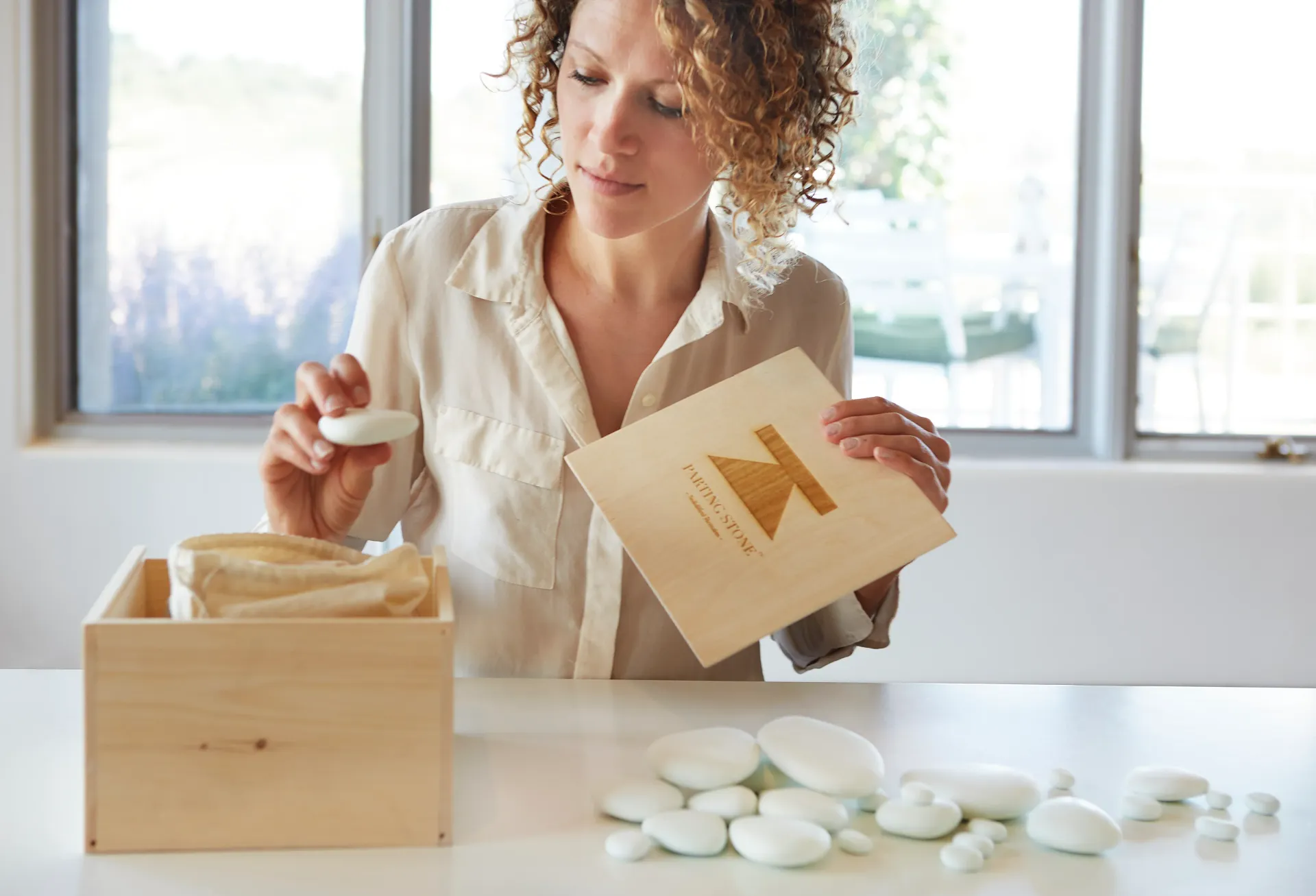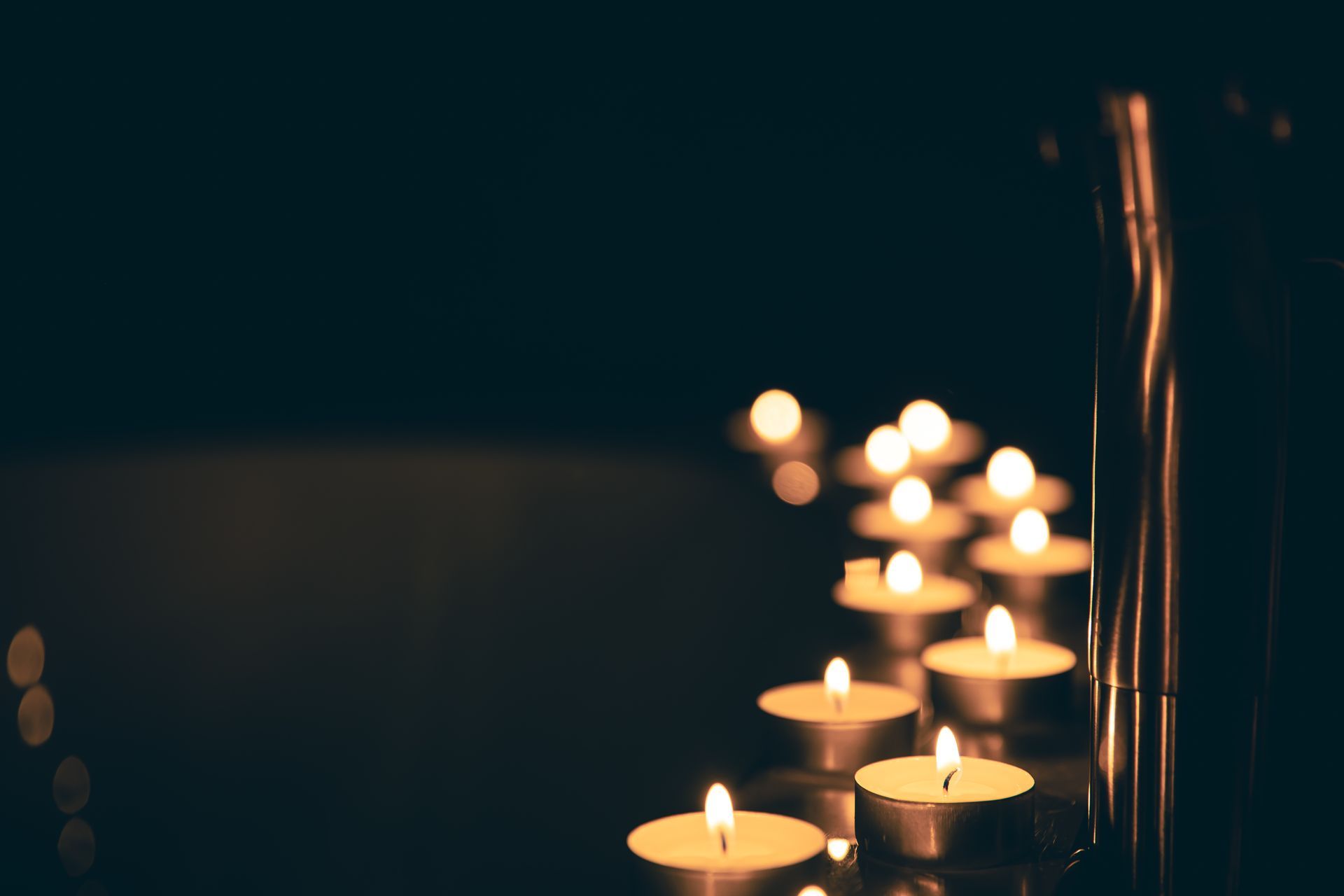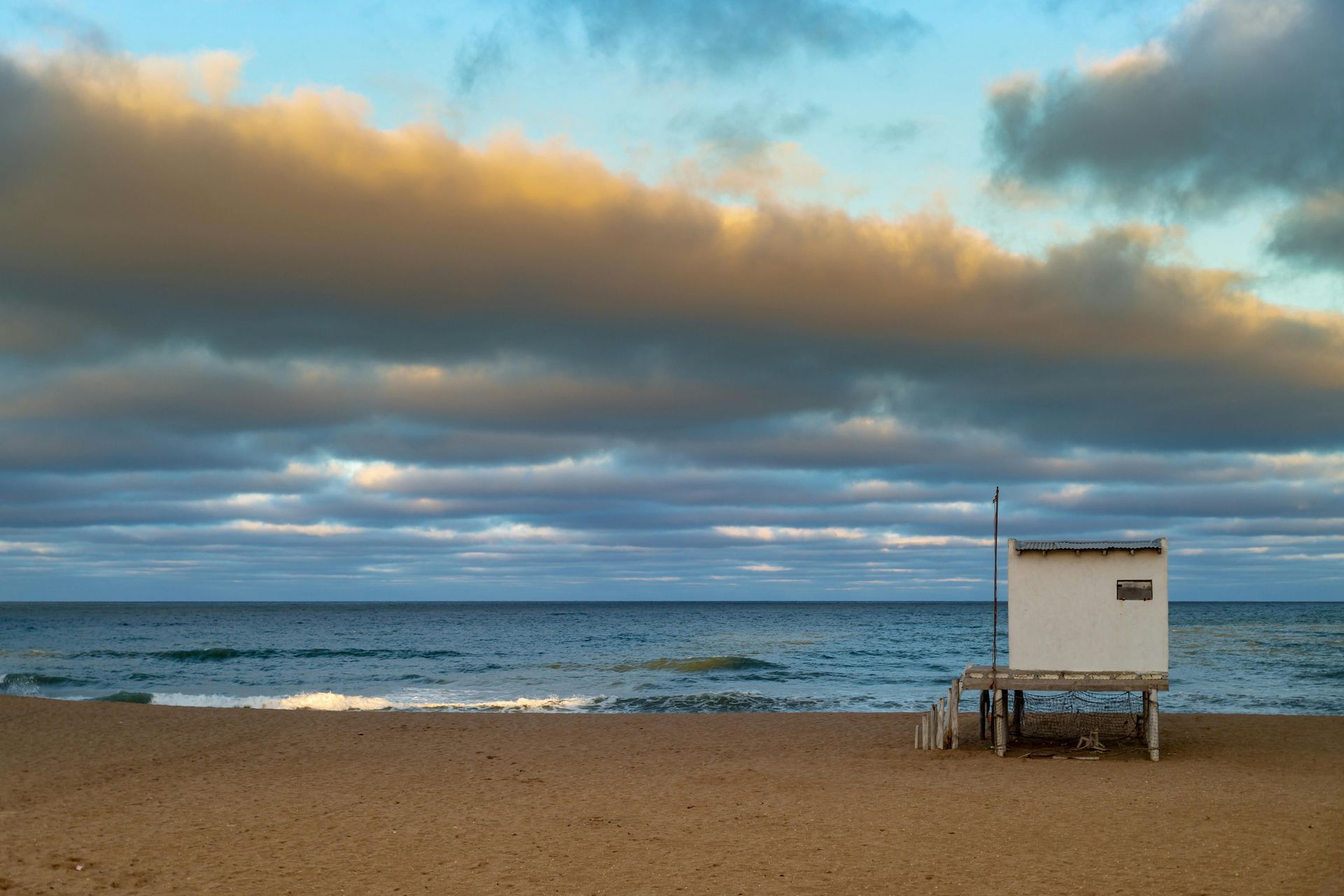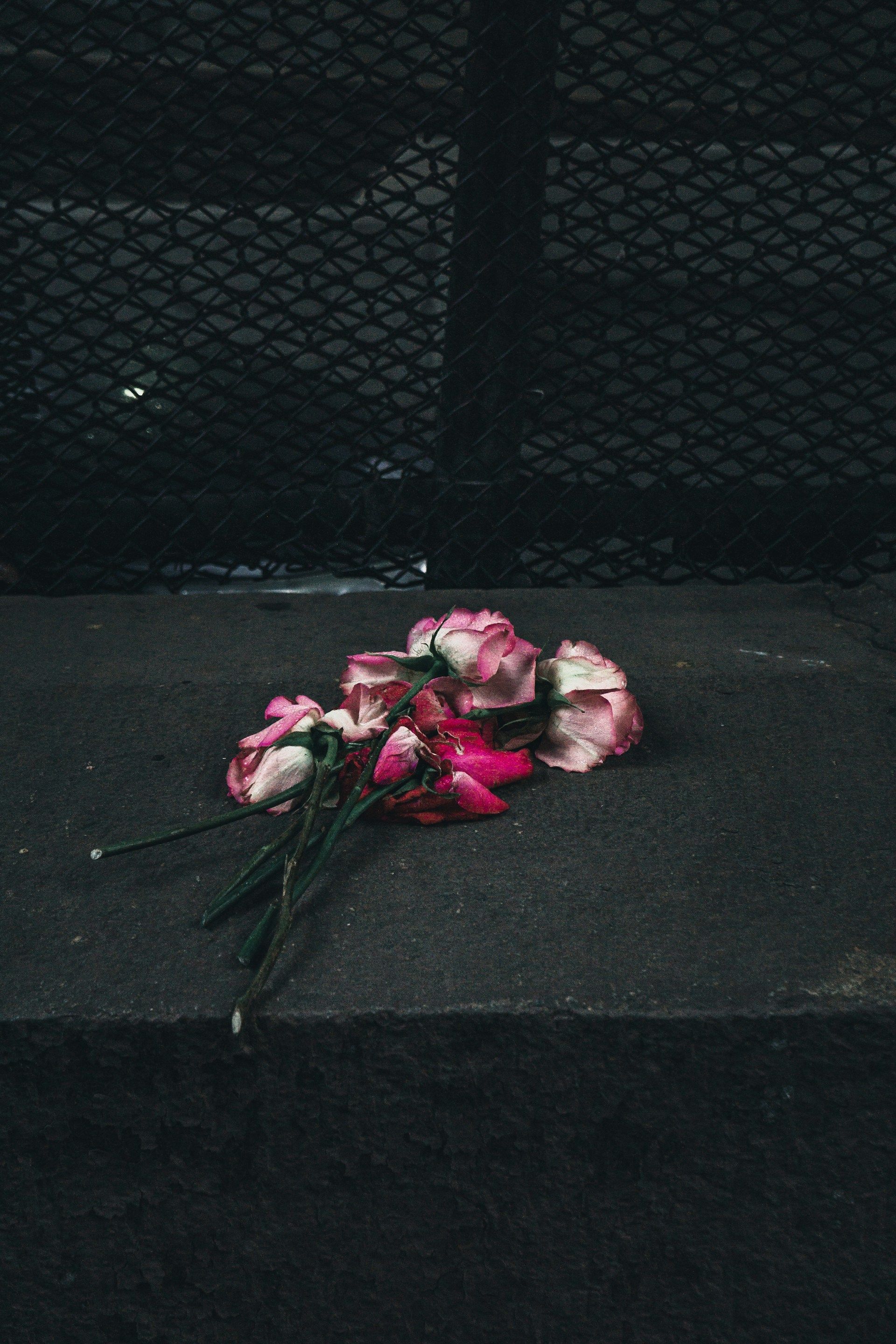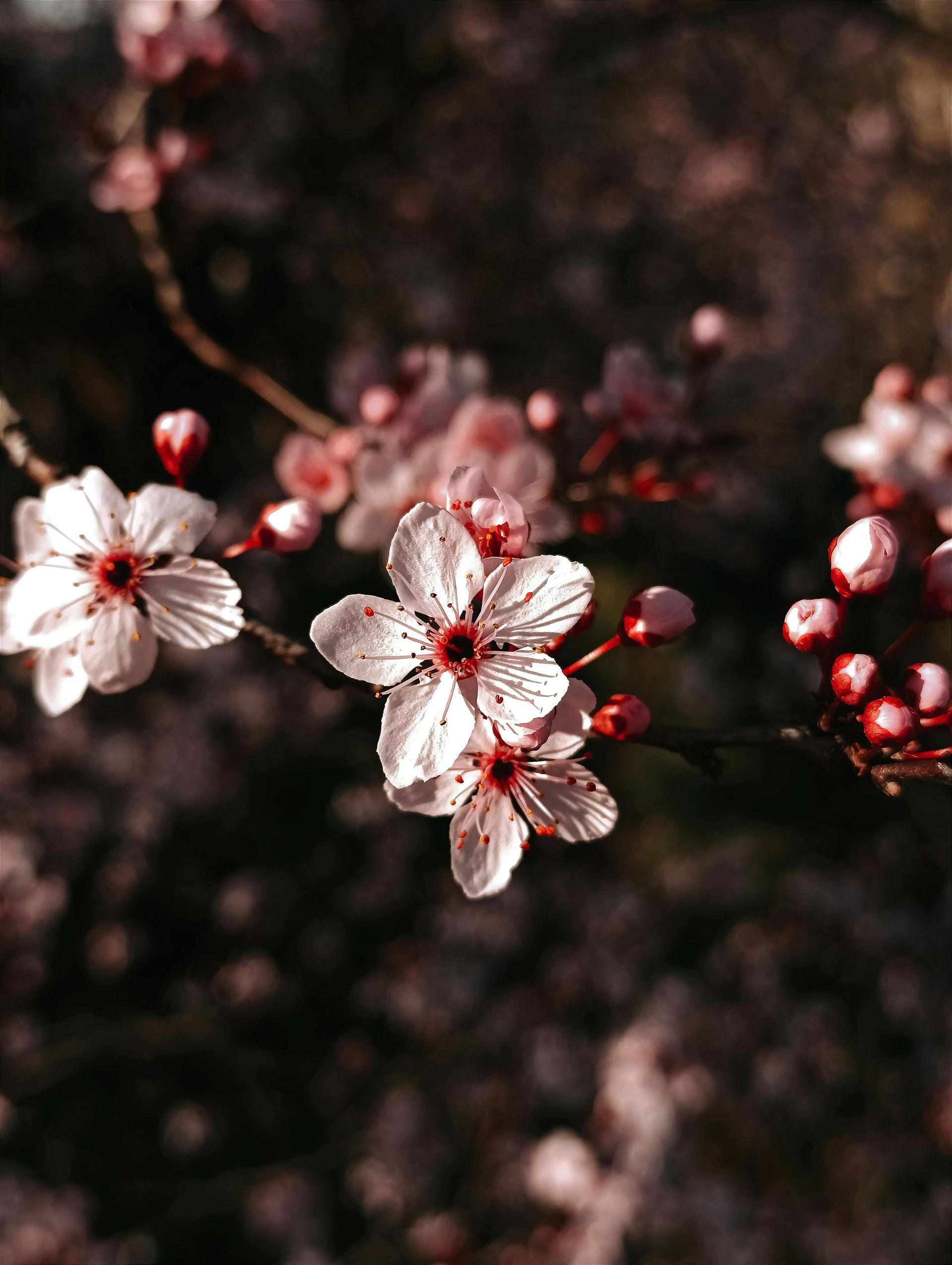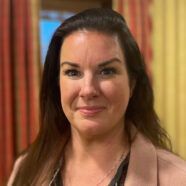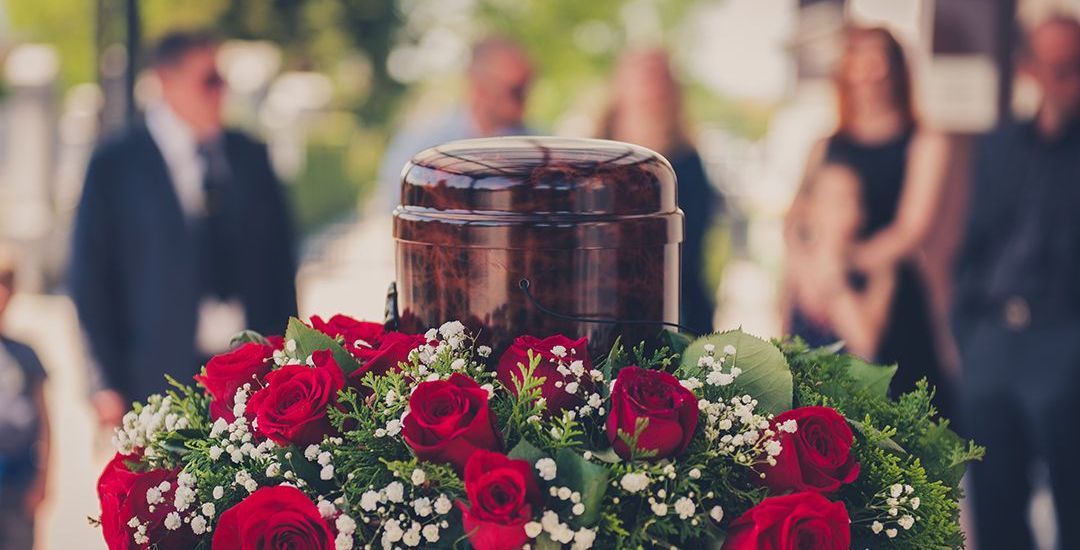Visitations Are Not What They Used to Be: The Healing Impact of Attending Calling Hours
April 1, 2017Traditionally, a visitation was directed by religious rituals which involved two days of calling hours prior to the funeral service with an open casket to view the deceased. Today’s visitations are much more flexible and tailored to each family’s needs. But, the healing impact of taking the time to receive family and friends to pay respects to the deceased is as powerful today as in the past.
“When a person dies, we are struggling with raw emotions. Ceremonies provide the framework to work through the grief and begin the healing process,” said Co-president John Keohane.
Photo credit: kzenon/123RF.com
Are calling hours still relevant today?
In today’s fast paced world, many families want to get through the funeral as quickly as possible. However, we encourage our families to slow down and take the time to begin the healing process
through the important customs of a funeral service, including calling hours. While our inclination might be a desire not to impose on our loved on
es by asking them to attend calling hours, it is a benefit to them to be allowed the time to pay their respects and say good-bye. Calling hours helps them to accept the death and begin the healing process in a way that is supported by others. Calling hours also allows the family of the deceased the opportunity to hear many stories of their loved one through all those that were touched by that person’s life.
“The most important thing is for people to come together and honor their loved one during this time on a personal level – not on email or on the phone, but face to face,” said Co-president John Keohane. “For the people attending, it’s a chance to show the family of the deceased that you love them and are there for them.”
How long are calling hours?
For the most part, calling hours are no longer two days long with afternoon and evening hours. The majority of families choose to offer calling hours either just one day prior to the funeral or the day of the funeral service. But it’s important to allow enough time for all those who wish to pay their respects to be able to appear during the visitation. One hour prior to the funeral usually is not enough time for all who wish to attend.
What if my loved one is cremated?
When a loved one is cremated, some families opt to have the urn present during calling hours; some opt to have a casket, either open or closed, during calling hours and have the cremation performed after the visitation period; and some do not have a body present at all. In those cases, it’s important to have other reminders of the deceased such as photos, a video tribute, or personal memorabilia from favorite hobbies, military service or other activities important to the loved one.
Do we have to have an open casket?
Because more people today are opting for cremation, an open casket is less common. However, an open casket can be accommodated depending on the family’s wishes. Having time to view the deceased can be a powerful experience, especially if friends and family live far away or if grandchildren are away at college and didn’t have a chance to say goodbye. Some families opt to have a private viewing with an open casket for close relatives prior to open calling hours and then have a closed casket for public viewing.
How can we personalize calling hours?
Most families today want to make calling hours as unique as the individual they are remembering rather than sticking to a set of traditions. Families can bring in their own music that was a favorite of their loved one or music that creates memories of their loved one. Another way to personalize calling hours is through photos and videos of the loved one’s life. Personal memorabilia of favorite hobbies or other family traditions can personalize the tribute as well.
What if my loved one requested not to have calling hours?
Many times, our loved ones are concerned about not being a burden to those left behind. They see calling hours as an inconvenience for their friends and family to attend. In fact, the opposite may be true. Those left behind need the time to grieve; to make connections with other loved ones who are also grieving; to talk about the deceased and tell their stores; and to say a final goodbye.
“We try to bridge the wants of the deceased and the needs of all who come to pay respects,” said John.
To learn more about calling hours or to make an appointment with one of our knowledgeable funeral directors, please contact us at any of our locations or call our main office at 1-800-Keohane (800-536-4263).


